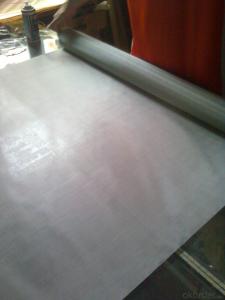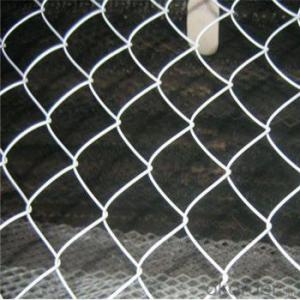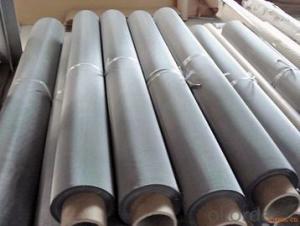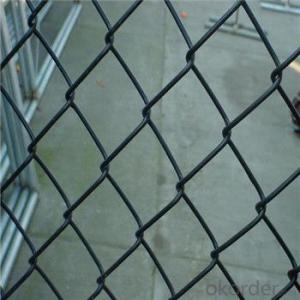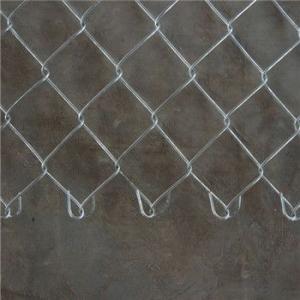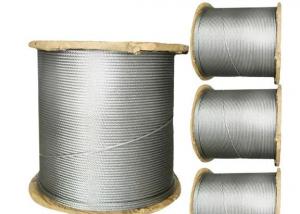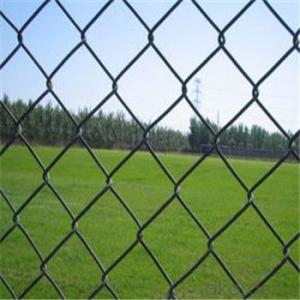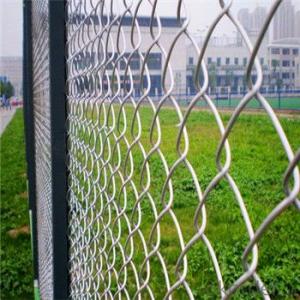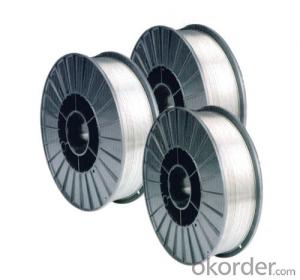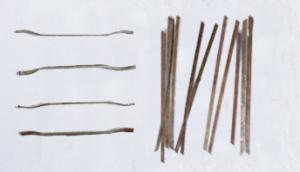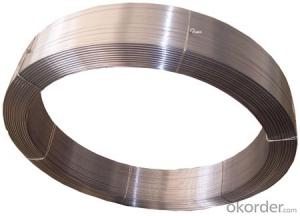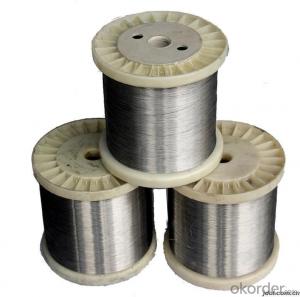Stainless Steel Wire Shelving
Stainless Steel Wire Shelving Related Searches
Best Paint For Stainless Steel Blanket Insulation For Steel Buildings Primer For Galvanized Steel Foam Filter For Stainless Steel H S Code For Stainless Steel Surface Grinding Wheels For Stainless Steel Surface Grinding Wheels For Hardened Steel Hole Saw For Stainless Steel Paint For Stainless Steel Stainless Steel For BbqHot Searches
Steel Mesh Panels For Sale Price For Stainless Steel Scrap Scrap Price For Stainless Steel Price For Stainless Steel Stainless Steel Tank For Sale Stainless Steel Sheets For Sale Cheap High Tea Sets For Sale Stainless Steel Tanks For Sale Stainless Steel For Sale High Density Fiberboard For Sale Solar Hot Water Collectors For Sale Scaffolding For Sale In Uae Scaffolding For Sale In Ireland Scaffolding For Sale In Houston Type Of Inverter For Solar Price Of Shipping Containers For Sale Types Of Inverter For Solar Stock Price For Aluminum Used Solar Inverter For Sale Steel Mesh Panels For SaleStainless Steel Wire Shelving Supplier & Manufacturer from China
Okorder.com is a professional Stainless Steel Wire Shelving supplier & manufacturer, offers integrated one-stop services including real-time quoting and online cargo tracking. We are funded by CNBM Group, a Fortune 500 enterprise and the largest Stainless Steel Wire Shelving firm in China.Hot Products
FAQ
- Stainless steel wire performs exceptionally well in high-humidity environments due to its corrosion-resistant properties. It is resistant to rust, tarnish, and moisture damage, making it highly durable and reliable in such conditions.
- There are several different types of stainless steel wire that are commonly used in pet enclosures due to their durability and resistance to corrosion. These types include: 1. 304 Stainless Steel Wire: This is the most commonly used type of stainless steel wire in pet enclosures. It offers good corrosion resistance and can withstand outdoor elements, making it suitable for both indoor and outdoor pet enclosures. 2. 316 Stainless Steel Wire: This type of stainless steel wire is commonly referred to as marine-grade stainless steel because of its high resistance to corrosion in marine environments. It is often used in pet enclosures located near coastal areas or in environments with high moisture levels. 3. 430 Stainless Steel Wire: This type of stainless steel wire is magnetic and has a lower corrosion resistance compared to 304 and 316 stainless steel. It is often used in pet enclosures located in indoor environments where the risk of corrosion is lower. 4. 201 Stainless Steel Wire: This type of stainless steel wire is often used in budget-friendly pet enclosures. It has lower corrosion resistance compared to other types but can still withstand mild outdoor conditions. It's important to choose the right type of stainless steel wire for pet enclosures based on their specific environment and durability requirements. Consulting with a professional or pet enclosure manufacturer can help determine the best type of stainless steel wire for your pet's safety and security.
- Wire rope barriers can indeed make use of stainless steel wire. The durability and corrosion resistance provided by stainless steel wire are exceptional, rendering it perfect for outdoor uses. The wire can endure severe weather conditions and exposure to moisture without succumbing to rust or deterioration. Moreover, stainless steel wire possesses impressive tensile strength, enabling it to withstand hefty loads and offer trustworthy protection. Its smooth surface further aids in reducing friction, making the installation and maintenance of wire rope barriers a simpler task. All in all, stainless steel wire proves to be a dependable and enduring choice for wire rope barriers.
- 443 short silk hairline stainless steel 443 what does that mean?
- 443 stainless steel is a ferritic stainless steel is now generally used to replace 304, rust resistance and processing performance and is 304, the comprehensive promotion in electrical appliances, utensils, kitchen equipment, elevator, oven manufacture etc..
- Can stainless steel screws be heat treated?
- The key is to look at is the kind of stainless steel stainless steel screws, stainless steel consists of ferrite stainless steel, austenitic stainless steel, martensitic stainless steel, precipitation hardening stainless steel, if the former is two kinds, namely ferrite stainless steel and austenitic stainless steel screws are generally not strengthened by heat treatment, after two kinds of martensitic stainless steel, precipitation hardening stainless steel can be strengthened by heat treatment.
- Can the 8.8 screw be replaced by A2-70 stainless steel screw?
- Stainless steel products, the tensile strength of the A2-70 - 700N.mm, specified non proportional elongation stress (ensure the load): - 450N.mm;
















